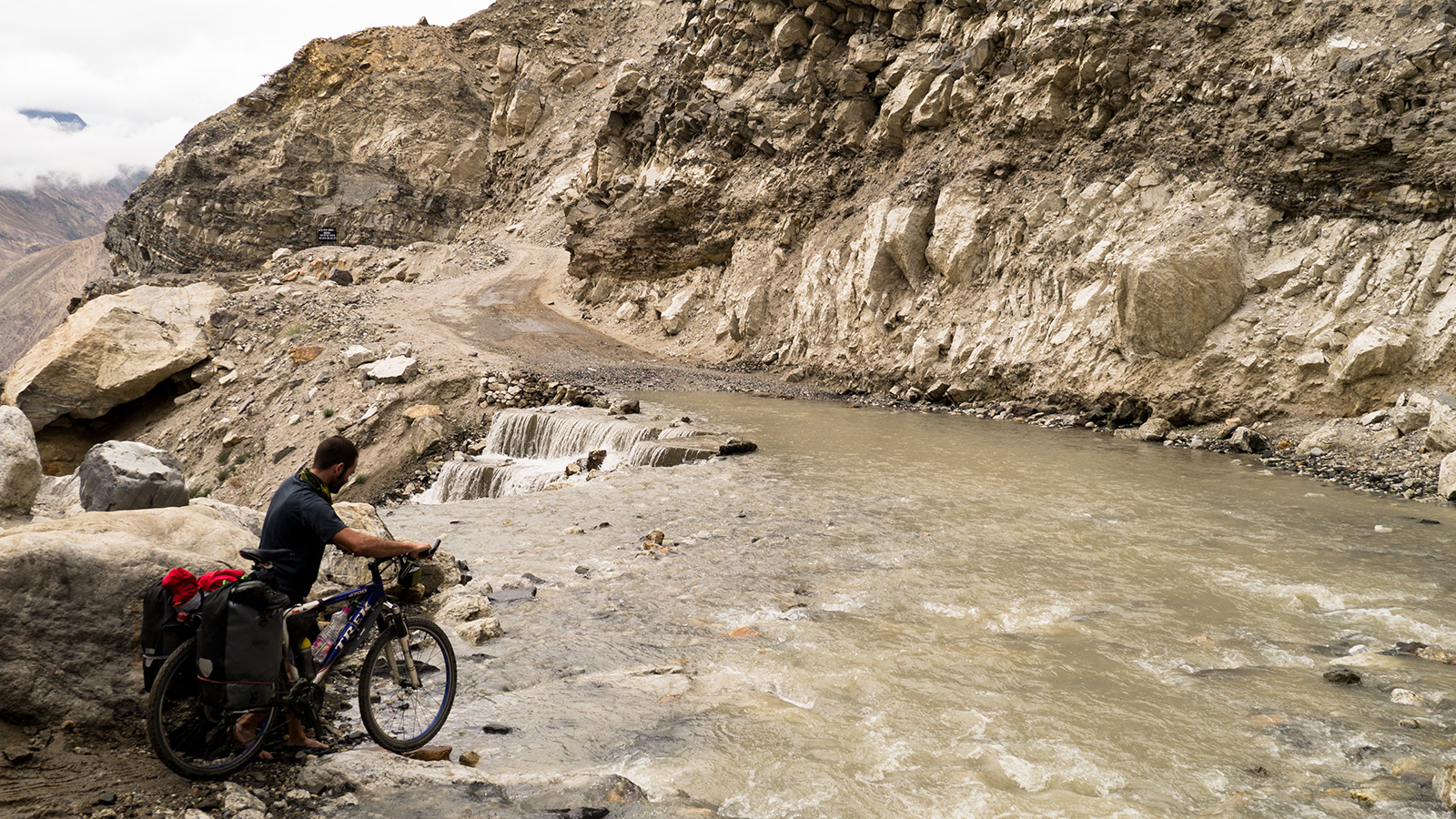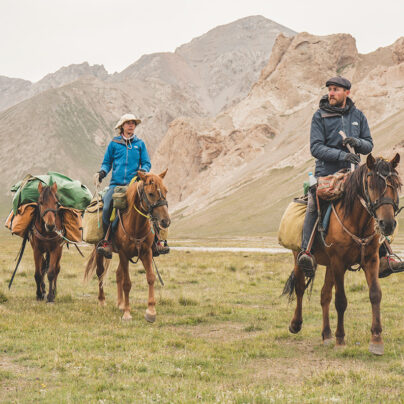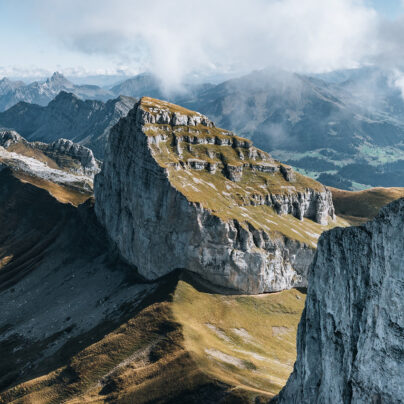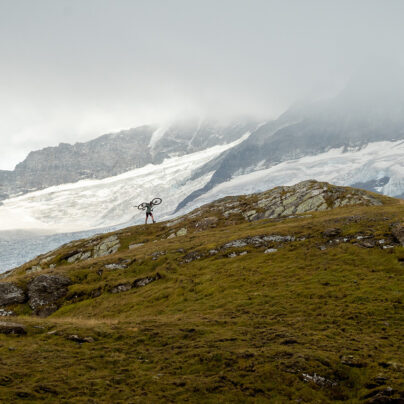Land of Smiles and Gesture
Cycling the Indian Himalaya
Gerard Castellá
SUICIDAL BEGINNINGS: KINNAUR AND SPITI
‘Welcome to India my friends’, said the taxi-driver with a death-wish as he drops us off – miraculously still in one piece – at our starting town of Shimla; his driving had been a perfect introduction of what to avoid if we were to survive cycling the Indian Himalaya.
Having stopped briefly at Reckong Peo with the obligation to get an ‘Inner Line Permit’ required to pass certain sections close to Tibet, we find ourselves riding under the eyes of the striking Mount Kailash, also known as the Holy Mountain. The road is now in very poor condition because of recent landslides, and we have nothing to do but to wait for hours on end until road workers clear a way through the immense, stoney blockage. Shortly after, a road sign indicates the entrance to Spiti valley. Unlike Kinnaur, Spiti is Buddhist, and this can be observed in the architecture of the local houses as well as the famous Tabo Gompa, one of the oldest Buddhist monasteries in the world, its creation dating back nearly three thousand years ago.
The mountainous landscape of this region leaves us speechless. And exhausted. Riding out of the town of Kaza, my companion Marc is utterly worn out. He spends a couple of days eating only rice and drinking solely water, but the cloying grasp of diarrhoea still refuses to let him go. Despite this, we manage to climb up the steep Kunzum La Pass and the panoramic view offered from from our zenith is superb; how tiny one feels when confronted with such immensity spreading away in every direction right in front of your eyes.
After a brief detour to Chandra Tal Lake we cross a section listed by many as one of the ten worst roads in the world. In honesty, to even call it a road seems a bit of a bad joke, as it is rather just a cluster of rocks and stones that have come down from the floodways of the Chandra River. Never before have I struggled so much on a stretch of just 60km. Since we are carrying neither a tent nor a stove – just a down sleeping bag each – we are always on the look-out for accommodation, which is a decidedly fun game of chance and luck. One night we stayed in Gramphoo at a basic guesthouse run by a young Nepalese man. Our bed was literally made out of stones, with a couple of onions sacks spread across on top of them as a mattress. Huge rats bound around us in the night, turning that isolated commune into a slightly less lonely place; a very ‘unique’ experience indeed.
Despite our utter exhaustion, we manage to climb up the steep Kunzum La Pass and the panoramic view offered from from our zenith is superb; how tiny one feels when confronted with such immensity spreading away in every direction right in front of your eyes.

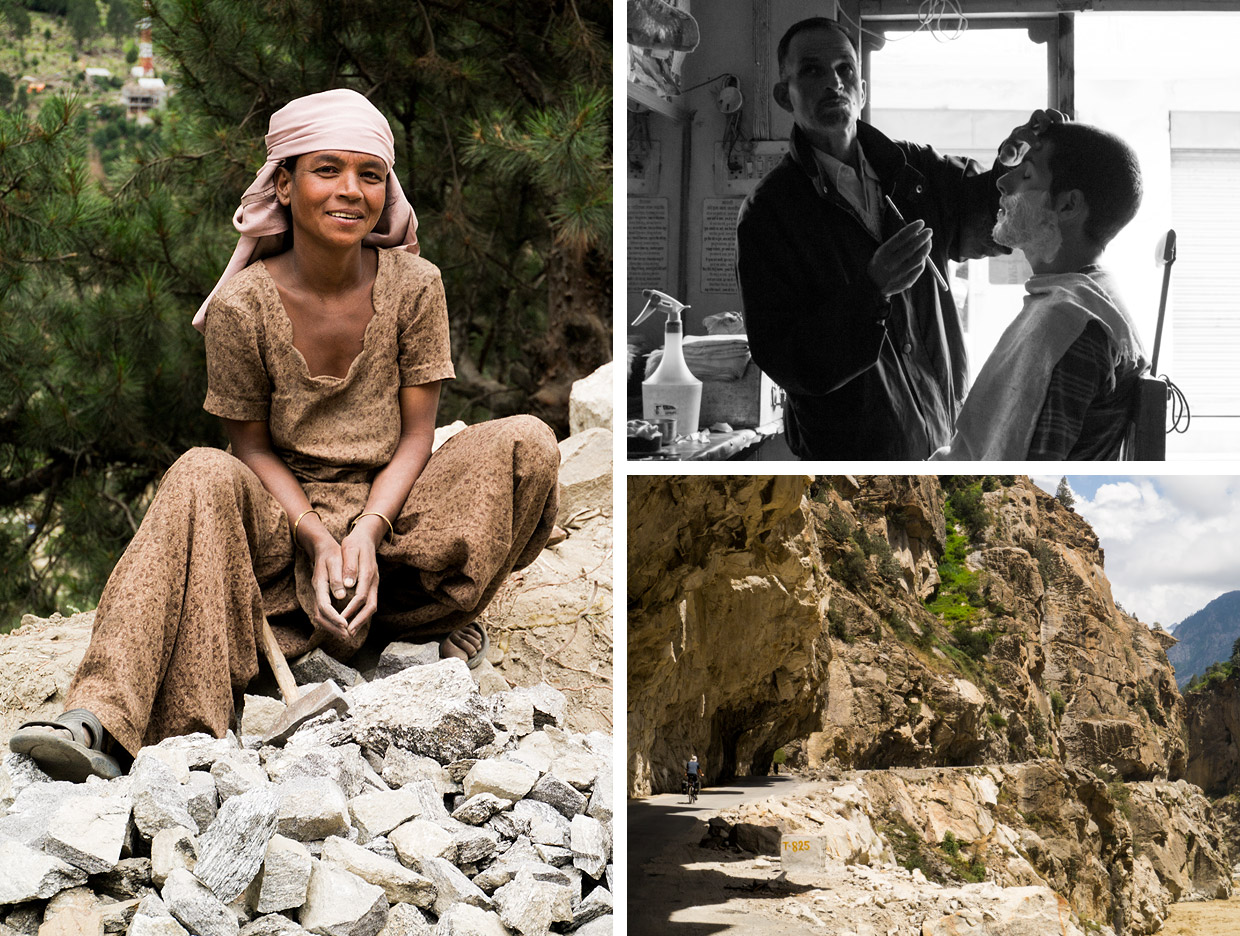
THE PASSES IN THE SKY: MANALI – LEH HIGHWAY
Manali-Leh Highway was firstly opened to foreigners in 1989 and today many cyclists consider it one of the most spectacular rides of the planet; ‘a bold enough claim to warrant an investigation in person,’ I reasoned.
Peddling past nomadic shepherds and high mountain passes all around, we finally enter Ladakh, the land of lamas. Ladakh is a region filled with warm people and colourful festivals, all in complete contrast to its harsh climate, which forces even the most seasoned nomadic tribes to be on the move for their own survival. The Gata Loops, the Himalayan version of the Alpe d’Huez, welcomes us onto this crazy roller-coaster of terrain. Then comes Nakeela La, but the special prize goes to the Lachulung La Pass at just over 5,000m in height. Up here, the lack of oxygen is noticeable, and we breath raggedly, but a good acclimatisation means we have done all we can do to avoid altitude sickness, and thankfully it was enough.
The Gata Loops, the Himalayan version of the Alpe d’Huez, welcomes us onto this crazy roller-coaster of terrain. Then comes Nakeela La, but the special prize goes to the Lachulung La Pass at just over 5,000m in height. Up here, the lack of oxygen is noticeable, and we breath raggedly, but a good acclimatisation means we have done all we can do to avoid altitude sickness, and thankfully it was enough.
On our way to Leh, capital of Ladakh, we are fascinated by the changing landscape; the dryness of the previous days is now converted into a flourish of green valleys with an abundance of white houses, thatched roofs and adobe-brick walls. Most of its inhabitants are Tibetans and the dominant religion is Buddhism. In Leh, originally the final destination of our trip, an energy-diet based on pizzas, cakes and countless cups of tea empowers us to extend the route to Srinagar, the heart of Kashmir, a land marked by constant political tensions between India and Pakistan.
UNDER ENEMY OBSERVATION: LEH – SRINAGAR HIGHWAY
Kashmir is a region divided between India, Pakistan and China, and one of the most important focal points of international dispute in recent years. It is also the area where most of India’s Muslims live.
Between sandy roads and military convoys we reach the highest pass of this section, Fotu La, but at nearly a thousand metres lower than our previous high-point, we make short work of it. However on the descent we find no accommodation, asking the nearby military for shelter but they don’t know what the procedure is and refuse. Suddenly, a local bus stops a few metres from our bikes and inquires what the problem is. We speak with the driver and he kindly replies that we can go to his home for the night. The spontaneous hospitality of strangers, especially in this Muslim part of the country, justifies all the effort on this trip.
While crossing modest villages of mud and straw buildings, we arrive in Kargil. The excitement is tangible. This town held the Kargil War in 1999, an armed conflict between India and Pakistan that spilled over too much blood. We don’t pass unnoticed. A multitude of green eyes hidden behind dark burkas observe us timidly whilst vendors in the main street bazaars do so with less modesty. Yet the atmosphere is not one of hostility, but more surprise, since few tourists stop in this passing city. It’s time for us to try the local cuisine as well: goshtaba (lamb meatballs) or yakhni (lamb with yogurt), with the common denominator of the already well-known spices!

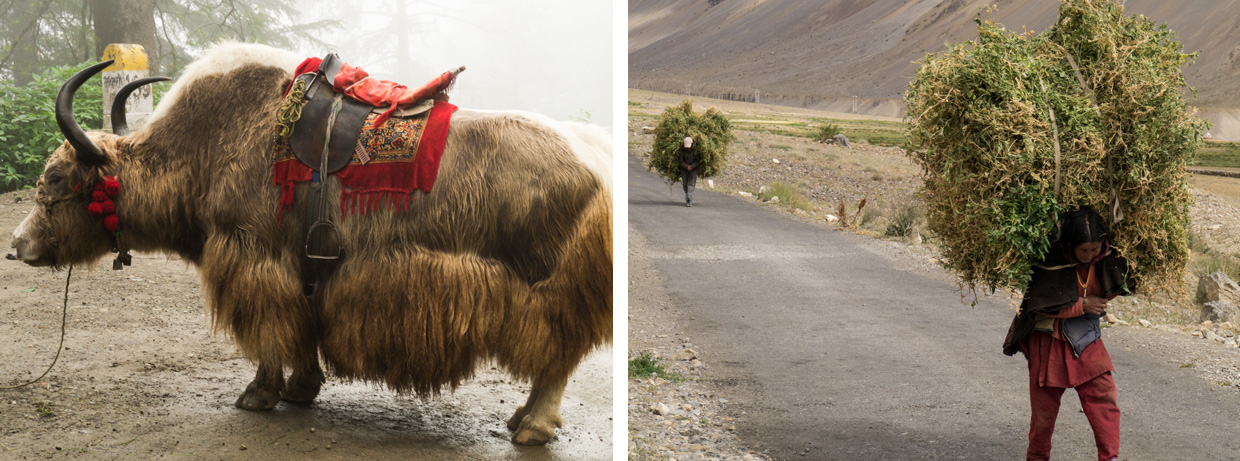

THE LAST STRETCH: SRINAGAR
Passing over the Zoji La Pass is serendipitous when it comes to timing, as after we crossed it remained closed for three entire days due to several landslides (18, to be exact). In the Sindh valley we often stop to talk with young shepherds and admire the skill and ability shown in controlling their flocks, which is formidable. They are all youthful teenagers and don’t speak any English, neither do we speak Urdu but we get by, understanding each other by the international language of smiles and gesture.
A terrific descent through Sonamarg leads us to chaotic Srinagar. Leaving the serenity of the mountains to plunge into the anarchy of Indian cities is an exercise that requires all our patience. Srinagar, capital of the state of Jammu and Kashmir, is famous for its gardens, lakes and houseboats. We stay at Nagin Lake, about six kilometres from the centre, away from Dal Lake, the most crowded one. It is now time to relax, read, and enjoy Ganderbal local market at its fullest.
The journey comes to an end but memories from the Himalaya remain indelible etched across our minds. We say goodbye to the highest mountain range on Earth with our panniers full of warm smiles and oneiric landscapes. But, above all, we retain a certain knowledge that – someday – we will come home to these sacred mountains once again.

A diploma hanging on the wall says Gerard is an economist, his salary usually comes as a bike travel guide and, above all, he considers himself and inveterate bike traveler. Truly passionate about bike touring, Gerard believes that there is no better way to travel than by bicycle. For that reason he has cycled extensively throughout Europe, South America and Asia. In January 2014 it will be time to discover Africa, from North to South, from Cairo (Egypt) to Cape Town (South Africa). You can follow his adventure on http://acopdepedal.wordpress.com/



